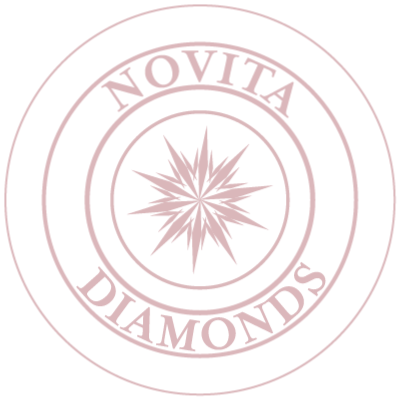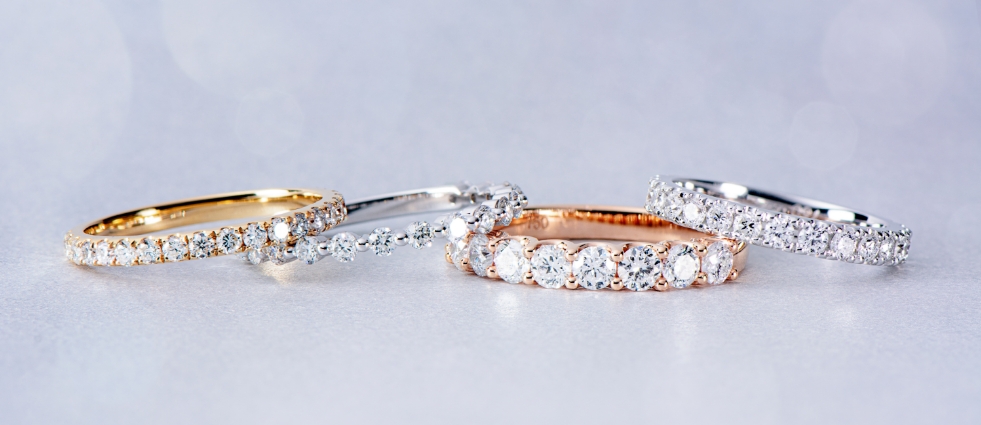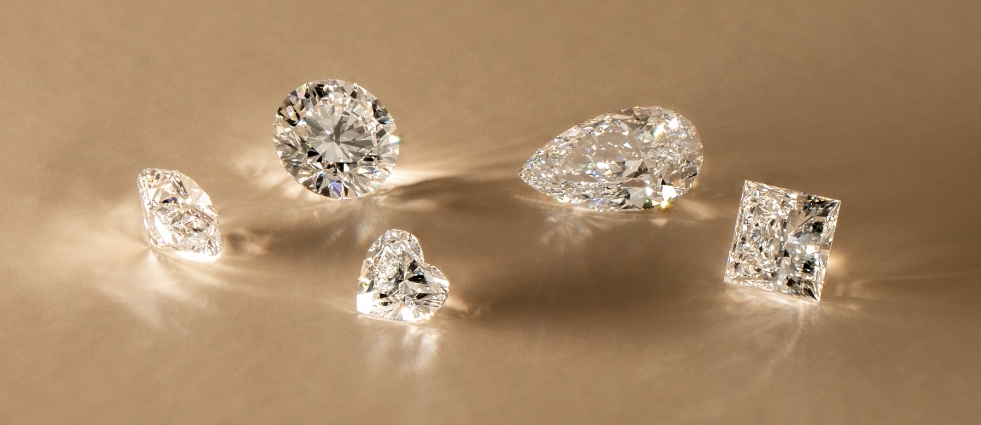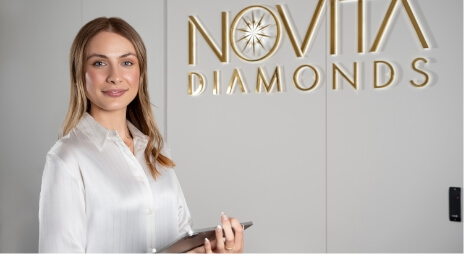IF YOU CAN’T BEAT THEM, JOIN THEM!
This sneaky and dishonest tactic backfired spectacularly for GIA and De Beers in what may come as a surprise to no one. Following overwhelming criticism, GIA scrapped their dogy grading system in favour of applying the original for both man-made and mined diamonds. Nearly everyone received the news positively, especially environmentalists and players like us in the diamond industry.
While those in the diamond industry welcomed GIA’s change of stance, many feel it came too late. Due to their earlier shenanigans, their chief competitor, IGI, has been able to capture the market for grading and certifying lab grown diamonds. With IGI now leading and GIA the underdog, GIA has no choice but to work hard to regain its previous position as the authority on diamond certification.
PROS AND CONS OF GIA
How does that affect you as a customer? If you want a diamond that is certified by GIA, you will have to pay a premium. Is there a reason why you have to pay extra for a GIA certificate? To begin with, GIA’s operating costs are higher than IGI’s, which naturally pushes up their certification prices. In comparison to IGI, GIA has fewer offices globally, which reduces their output. A further limiting factor is that most GIA labs only certify diamonds up to a certain size. For example, GIA’s Hong Kong office only certifies diamonds under 2.00CT. Any gem weighing more than 2 carats is only handled by GIA US. Moreover, their grading time is unfavourable, taking around a month to certify diamonds, citing stricter standards, compared to IGI’s a few days max.
The GIA certification, therefore, commands a higher price than an IGI certified diamond of similar properties. It is unfortunate that NOVITA DIAMONDS must pass on some of the added premium to our customers despite our best efforts to absorb most of it.
Cons: GIA certified stones are approximately 10 - 15% more expensive.
THE WINNER IS THE MARKET
The fact that a prestigious institution like GIA is going all-in on man-made diamonds says a lot about their legitimacy and superiority, in some regards, to mined diamonds. In fully embracing lab grown diamonds, GIA also debunks, permanently, all baseless claims made against lab grown diamonds by those with a vested interest in mined diamonds. This results in almost everyone benefiting, but none more so than the end-user, who now has a readily available compelling alternative to mined diamonds.
WHAT SHOULD YOU BUY - IGI VS GIA?
Our recommendation to prospective buyers is to almost always choose an IGI diamond over a stone certified by the GIA. There is no doubt that both IGI and GIA are trustworthy laboratories with stellar track records. In spite of this, the large savings offered by IGI certified diamonds outweigh any perceived quality advantage from GIA certified diamonds. Furthermore, IGI possesses a competitive advantage because it had a head start over GIA, which stopped certifying lab-grown diamonds in the middle, thus offering a larger variety and greater choice of stones.
Because of De Beers’ interference with GIA, IGI is now the authority when it comes to lab grown diamonds. If you choose an IGI diamond, you will not only be able to choose from a huge variety of diamonds, but you will also be able to purchase it at a much lower price than a GIA diamond. For the foreseeable future, GIA will try to play catch up to IGI, so as a buyer, you’re better off buying an IGI diamond.
True: IGI is the world’s most popular and dominant certification lab for lab grown diamonds.
True: GIA is the worldwide leader in lab testing for mined diamonds.
For more related industry articles, use any of the following search terms on our blog: igi diamond report vs gia, GIA vs IGI, IGI vs GIA lab grown, igi diamonds vs gia, igi diamond report vs gia, igi vs gia lab grown, igi diamonds vs gia, igi vs gia lab grown









